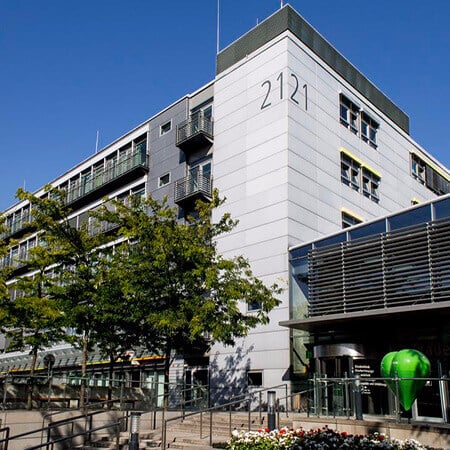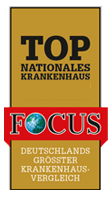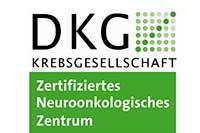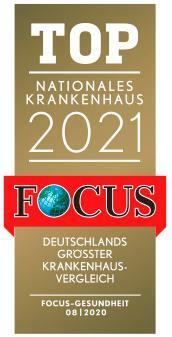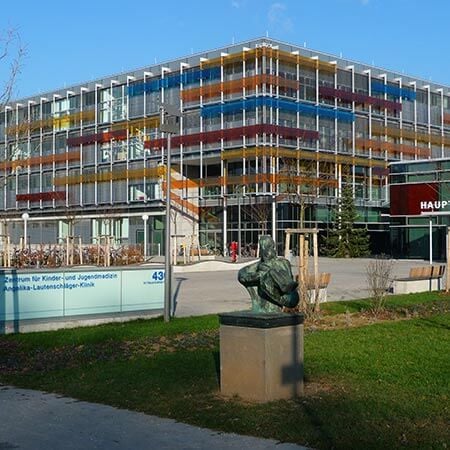About the disease
The first thing you need to know about trigeminal neuralgia (TN) is that it is a chronic pain disorder of the trigeminal nerve. Trigeminal nerve is responsible for facial movements involved in mastication and also for face sensitivity. The trigeminal nerve, also known as the fifth cranial nerve, is responsible for chewing, biting and general processing of food. Trigeminal neuralgia does not control movements of the lips or facial expressions, as the process involves only sensitive fibres of the nerve.
A person develops this disease if there is a paucity of myelin, which is a substance surrounding the nerves. Trigeminal neuralgia is considered to be a rare disease with 1 patient having it out of 30,000 people. It usually develops in persons of 50-55 years and over. Only in rare cases will pain be felt on both sides of the face; usually it affects only one side. Pain is concentrated in one part of the face. It can exacerbate and subside in forms of seizures, with fluctuating frequency. During the attacks, the sufferer cannot eat, brush teeth, talk or even wash face. Even the slightest touch brings new unpleasant sensations. As patients do not know when the next attack is going to happen, their anxiety grows and they live in a state of constant expectation of another attack.
In most cases it is difficult to identify exact cause of this disease. According to medical website News Medical, trigeminal neuralgia can be caused by abnormal nerve pressure or multiple sclerosis. It can also appear after herpes as a post-traumatic effect of the infection. Sometimes people suffer after nerve damage due to an accident.
Symptoms
Overall, trigeminal neuralgia is characterized by severe pain in the trigeminal nerve region, which appears suddenly in the form of attacks. Such episodes may happen more and more often if the person does not undergo treatment. Pain may range from a mild dull ache to an unbearably explosive attack, which can even cause the patient to lose consciousness. There may be 3 to 10 attacks per day, which could last from several minutes to several hours. Patients describe these attacks as unbearable, comparing the sensation to that of an electric shock. Attacks can start suddenly while talking or eating. Sometimes even wind can provoke a seizure. Attacks occur cyclically; they come and go, so the remission period may last several months or even years. Pain may consequently result in numbness when the sufferer cannot move the muscles in their face. The most common symptoms are:
- Strong pain in the facial nerve region
- Pressing sensation
- Burning sensation
- Crumbling of the teeth
- Constant depression
- Lack of vitality
- Despondency
There is another type of trigeminal neuralgia which is called atypical TN. It has slightly different symptoms, as the pain is felt like a burning sensation, not like an electrical shock. It can usually be alleviated by an anticonvulsant or very powerful painkillers.
Diagnosis
The trigeminal neuralgia is usually diagnosed on the basis of person’s complaints. Neurological examination plays an important role in the detection of the disease. A doctor palpates the face in order to determine the area of the lesion and find out which nerve branch is inflamed. Other methods of diagnosing the disease are MRI and computed tomography (CT). It helps to find out the cause of the disease.
Treatment
There are several treatment options that can improve the patient’s condition.
Medication. The main drug used in medical trigeminal neuralgia treatment is Tegretol. It has been used for the treatment of trigeminal neuralgia since 1962. Once this medication has reduced the patient’s pain, its use is continued in order to prevent any future attacks. Some doctors also use nicotinic acid to help the patient feel better.
Physiotherapy. Physiotherapy for the treatment of trigeminal neuralgia include diverse procedures. The patient may receive diadynamic currents, electrophoresis, acupuncture and laser therapy. All of these therapy options aim to improve state of the affected nerve cells by either warming them or conducting little doses of electricity through them. Physical therapy techniques are used only in combination with medication in order to achieve better and faster effects.
Surgery
- Regarding trigeminal neuralgia, the most common type of surgery is microvascular decompression. The aim of this surgery is to separate vessel (which is compressing the nerve) and nerve using microsurgical devices.
- Other trigeminal neuralgia surgery is rhizotomy, when a doctor destructs the nerve root using electric current or a needle electrode.
- Balloon compression of the trigeminal ganglion is also an effective trigeminal neuralgia surgery. A catheter with small deflated balloon is placed inside the skull, right near the trigeminal ganglion. Once the balloon is at the right place, a doctor inflates it in order to disrupt ways of passing pain signals. After that deflated balloon is withdrawn.
- Ionizing radiation is a non-invasive technique, which applies radiation. Forms of this kind of treatment include Gamma Knife, Cyberknife and LINAC surgery. Precise targeting trigeminal nerve root also disrupts transmission of the undesirable pain signals.
- Radiofrequency ablation also uses radiation to destroy the nerve with heat.
Pain attacks do not disappear immediately after surgery. The state improves in several days. Simple medications are not likely to help. Therefore, all patients with trigeminal neuralgia are advised to get a timely and proper surgical treatment.
Authors: Dr. Vadim Zhiliuk, Dr. Sergey Pashchenko
